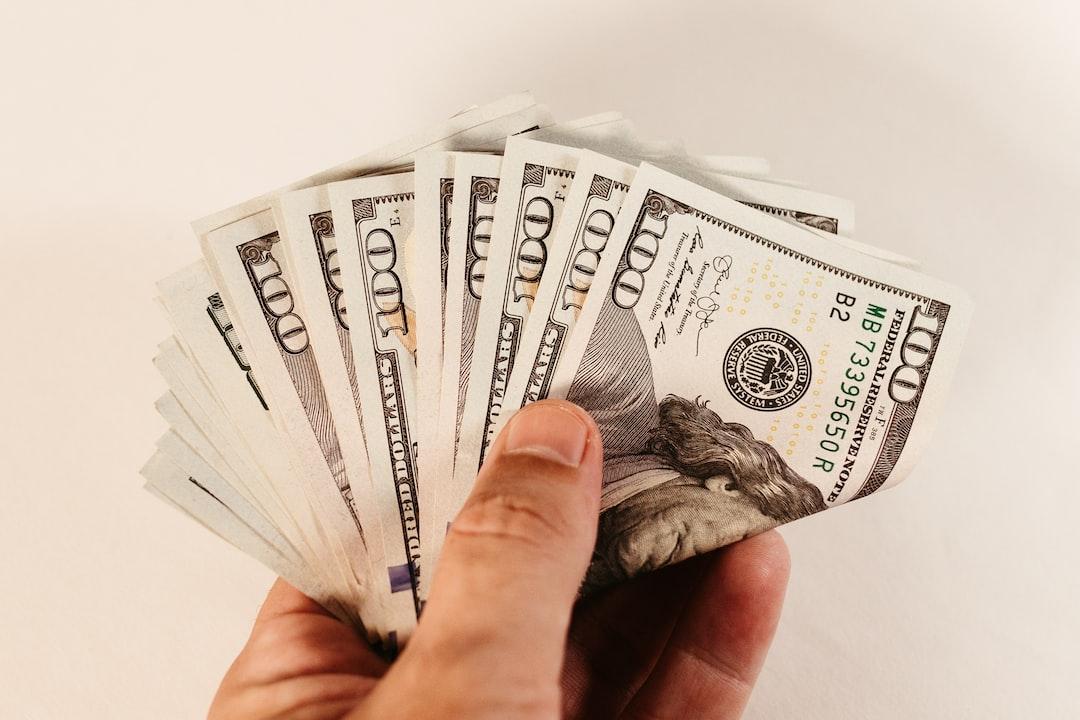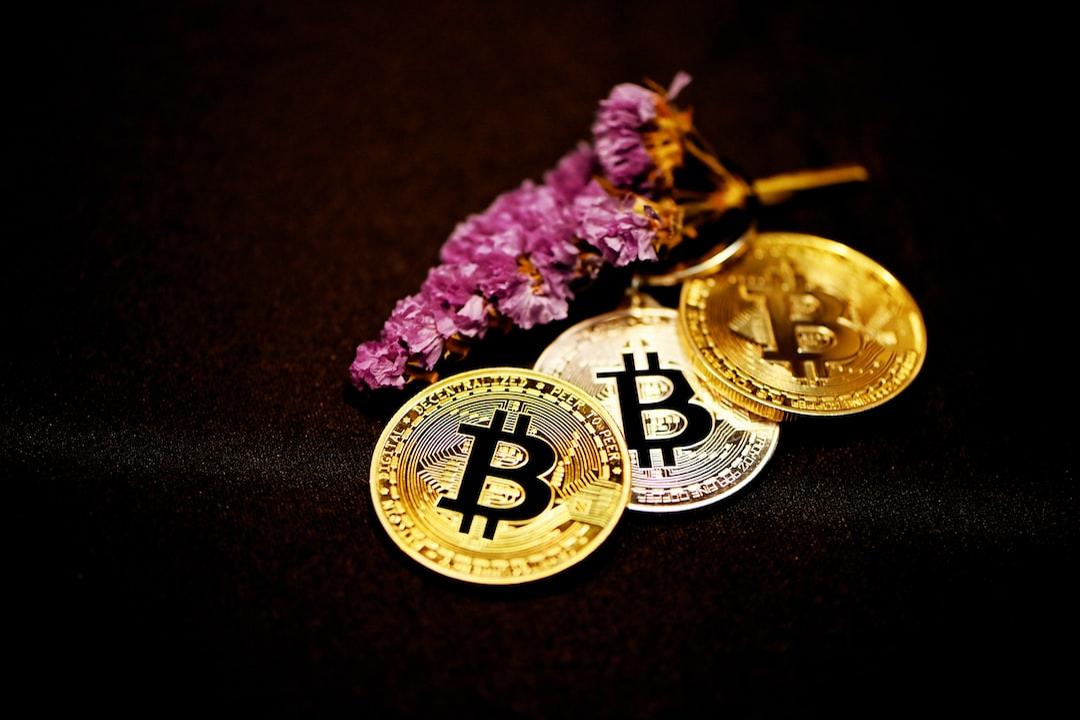Exploring the Market Impact and Political Background of the Trump Family’s USD1 Dollar-Pegged Stablecoin
This article examines the market impact and political background of the Trump family’s launch of the USD1 dollar-pegged stablecoin. From its regulatory design to its potential competitive advantages, USD1 is not only part of the family’s business strategy but could also have profound effects on the global stablecoin market and financial ecosystem.
Background Summary: Trump WLFI Launches Stablecoin USD1! CZ: “Welcome to BNB Chain, but Be Cautious of Scams Before Trading”
Background Supplement: USDC Approved as “Japan’s First Compliant Stablecoin”, Circle Partners with Financial Giant SBI Holdings for Listing Today, Welcoming 3 Positive Developments
On March 25, 2025, the Trump family, through “World Liberty Financial” (WLFI), prominently launched the USD1 dollar-pegged stablecoin, sparking heated discussions in the cryptocurrency market.
As the current President of the United States, Donald Trump transitioned from a “skeptic” of cryptocurrency to a “supporter” and now, with his family, directly enters the arena, launching this new project. USD1 not only carries the Trump family’s business ambitions but is seen as a major move to leverage their political influence in the cryptocurrency market.
The stablecoin market has long been a battleground for industry giants, with Tether (USDT) and Circle (USDC) holding nearly 90% of the market share. Why is the Trump family entering at this moment? Can they break the current market structure with USD1? More importantly, what ripple effects will this “presidential-backed” stablecoin bring to the cryptocurrency market?
USD1: The Trump Family’s Stablecoin Blueprint
USD1 is a dollar-pegged stablecoin launched by the Trump family through World Liberty Financial (WLFI), aimed at providing institutional investors and sovereign investors with a “safe, compliant, and transparent” digital dollar tool.
According to WLFI’s official announcement, USD1 will be 100% backed by short-term US Treasury bonds, dollar deposits, and other cash-equivalent assets, ensuring that every USD1 token can be redeemed at a 1:1 ratio for 1 US dollar. This design is similar to the major dollar-pegged stablecoins in the market, such as USDT and USDC, but WLFI emphasizes its “institutional-level” compliance and transparency, seeking to attract large investors.
Specifically, USD1’s operational model has the following key points:
Asset Support and Custody
The reserve assets of USD1 will be held by BitGo, a California-based crypto custodian company. BitGo not only provides secure storage but also offers deep liquidity and trading support through its Prime brokerage services for USD1. WLFI states that the USD1 reserves will be regularly audited by a third-party accounting firm to ensure transparency. However, as of March 25, 2025, WLFI has not disclosed the name of the accounting firm it is collaborating with.
Blockchain Support
USD1 will initially be issued on Ethereum and Binance Smart Chain (BSC), with plans to expand to other blockchain networks in the future. This choice reflects WLFI’s preference for mainstream public chains. Ethereum is the core of the DeFi ecosystem, while BSC plays an important role in the cryptocurrency market due to its low transaction fees and high throughput. According to data from Etherscan and BscScan, the smart contract for USD1 was deployed in early March 2025, with a total supply exceeding 3.5 million dollars. However, trading has not yet been opened.
Target Users
WLFI has clearly stated that USD1 is not aimed at retail investors but is designed for institutional and sovereign investors. WLFI co-founder Zach Witkoff stated in the announcement, “We are offering a digital dollar stablecoin that sovereign investors and large institutions can integrate into their strategies for seamless, secure cross-border transactions.” This positioning shows that the Trump family intends to enter the institutional market with USD1, challenging the current stablecoins’ applications in cross-border payments and DeFi.
Integration with Traditional Finance
USD1’s design emphasizes integration with traditional finance. Witkoff stated, “USD1 offers advantages that algorithmic stablecoins and anonymous DeFi projects cannot provide — access to DeFi’s powerful functionality backed by the most respected brands in traditional finance.” WLFI also plans to collaborate with DeFi projects like Sui, Ondo Finance, Chainlink, and Aave to explore ways to more closely integrate blockchain finance with traditional finance.
It is worth mentioning that USD1 is not the Trump family’s first foray into the crypto space. In October 2024, WLFI launched another crypto token, WLFI, and raised 550 million dollars through two public token sales, with 75% of the proceeds going to Trump family-related entities.
Additionally, Trump and First Lady Melania launched their respective memecoins before taking office. Trump’s memecoin, $TRUMP, saw its market value soar to 14 billion dollars after its launch on January 17, 2025, but later experienced a more than 80% drop.
Stablecoins Amid the U.S. Regulatory Storm
As a critical component of the cryptocurrency market, stablecoins have been under increasing scrutiny from U.S. regulators in recent years. Following Trump’s inauguration, his pro-crypto policy stance has brought new opportunities to the stablecoin industry but also presents potential challenges. The launch of USD1 takes place against this complex backdrop.
Trump Administration’s Pro-Crypto Policies
During his campaign, Trump promised to make the U.S. the “cryptocurrency capital of the world” and quickly took a series of pro-crypto measures upon taking office.
In January 2025, Trump signed an executive order aimed at fostering the development of the U.S. cryptocurrency industry and proposed the creation of a national crypto reserve. In early March, he further announced the establishment of a U.S. strategic crypto reserve that includes Bitcoin, Ethereum, XRP, Solana, and Cardano.
Trump’s pre-office crypto commitments directly contributed to a surge in the cryptocurrency market, with Bitcoin’s price surpassing 107,000 dollars by the end of 2024, nearly doubling since Trump’s campaign announcement.
Progress of the Stablecoin Bill
In March 2025, the U.S. Congress began reviewing the “Guidelines and Establishment of the U.S. Stablecoin National Innovation Act.” The bill passed the Senate Banking Committee on March 13 and is expected to be submitted for Trump’s signature by June. The bill aims to establish a new regulatory framework for stablecoin issuers, granting them a legal status similar to traditional banks.
For USD1, the progress of this bill is undoubtedly a major positive. As a project from the Trump family, USD1 may receive priority treatment in regulatory approvals and market access. However, this has also raised concerns about potential conflicts of interest. Trump’s family’s direct involvement in a crypto project, while his administration pushes policies beneficial to the crypto industry, has led some government ethics experts and political opponents to criticize the “referee and player” role.
Regulatory Challenges and Market Competition
Despite policy support, USD1 faces significant challenges.
First, the stablecoin market is highly competitive. Tether (USDT) and Circle (USDC) dominate the market, with their market shares far ahead of other players. In January 2025, the total market value of stablecoins surpassed 200 billion dollars, with the number of active wallets for USDT and USDC growing by over 50% in the past year. In contrast, USD1, as a new player, faces difficulties in rapidly building market trust and ecosystem.
Second, regulatory uncertainty remains. Although the Trump administration is friendly towards the crypto industry, stablecoins involve cross-border payments and financial stability, which may lead to additional scrutiny from institutions like the Federal Reserve and the Treasury Department. Furthermore, the Trump family’s involvement may make it a focal point for political maneuvering, adding to the regulatory risks.
The Ripple Effects of USD1
The launch of USD1 is not only another attempt by the Trump family in the crypto space but could also have far-reaching effects on the entire market:
Impact on the Stablecoin Market Landscape
USD1’s entry will intensify the competition in the stablecoin market. While initially targeting institutional investors, if it successfully establishes trust and expands its user base, it could threaten the market share of USDT and USDC. Notably, with the Trump family’s political influence behind it, USD1 could attract more traditional financial institutions and sovereign funds, thus driving further adoption of stablecoins in cross-border payments and DeFi.
However, market expert Kevin Lehtiniitty points out, “Launching a stablecoin is easy, but building a widely adopted ecosystem is much more difficult.”
USD1 must face fierce competition from Tether and Circle, and whether the Trump family will cooperate with other U.S. enterprises or compete directly remains uncertain.
Potential Impact on Dollar Hegemony
Both the Trump administration and WLFI emphasize that the launch of USD1 helps strengthen the dollar’s dominance in the global financial system. With the growing global demand for dollar-pegged stablecoins, USD1 could become a new tool for the digitization of the dollar, further driving the use of the dollar in international trade and payments.
At the same time, the widespread adoption of stablecoins could disrupt traditional financial systems. The efficient cross-border payment capabilities of stablecoins may challenge the position of existing financial intermediaries and impact their multi-trillion-dollar short-term fixed-income market revenues.
Overall Impact on the Crypto Market
The Trump family’s involvement undoubtedly brings new attention to the crypto market. The launch of USD1 could attract more traditional investors into the crypto space, further mainstreaming the market. Additionally, the Trump administration’s pro-crypto policies may stimulate the emergence of more innovative projects, increasing activity in the crypto market. But risks also exist.
The Trump family’s involvement could amplify speculative sentiment in the market, leading to greater price volatility. $TRUMP is an example, with its price reaching a peak on January 19, 2025, before falling by over 80%, demonstrating the market’s speculative nature. USD1 could face similar risks if it fails to effectively manage market expectations.
Promoting DeFi Ecosystem
One of USD1’s goals is to become an important part of the DeFi ecosystem. WLFI plans to collaborate with projects like Aave and Chainlink to develop a decentralized finance platform that is easy for ordinary people to use. If USD1 can establish itself in the DeFi space, it could lead to more institutional funds flowing into DeFi, further expanding the scale of this market.
Conclusion
The Trump family’s entry into the stablecoin race through USD1 is both another attempt to expand its business empire and a bold move in politics and finance. With its institutional positioning, regulatory design, and political backing, USD1 is likely to secure a place in the stablecoin market. However, faced with intense market competition and a complex regulatory environment, USD1’s future remains uncertain.
For the entire crypto market, the launch of USD1 could be an important turning point. It may not only reshape the stablecoin market landscape but also promote the digitization of the dollar and the development of DeFi, paving the way for further mainstream adoption of the crypto industry. At the same time, the Trump family’s involvement introduces new risks, including conflicts of interest, market speculation, and regulatory uncertainty.
Whether USD1 can truly stir the market may only be answered by time.



